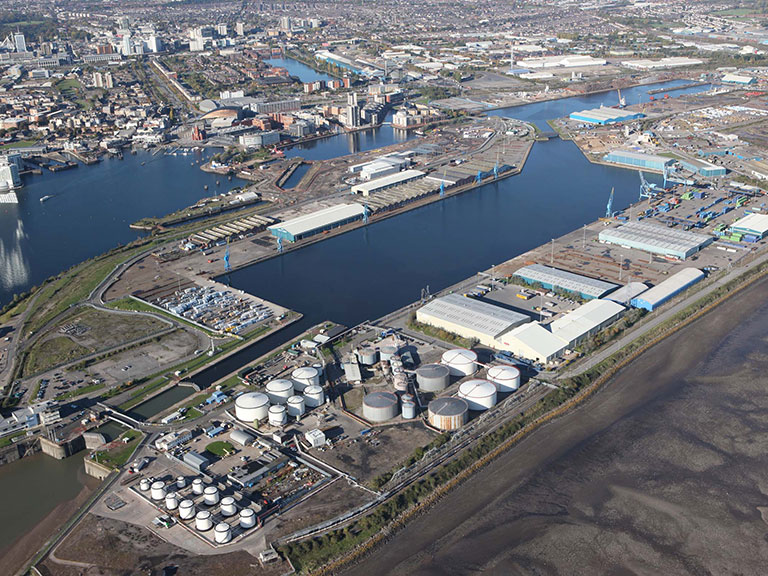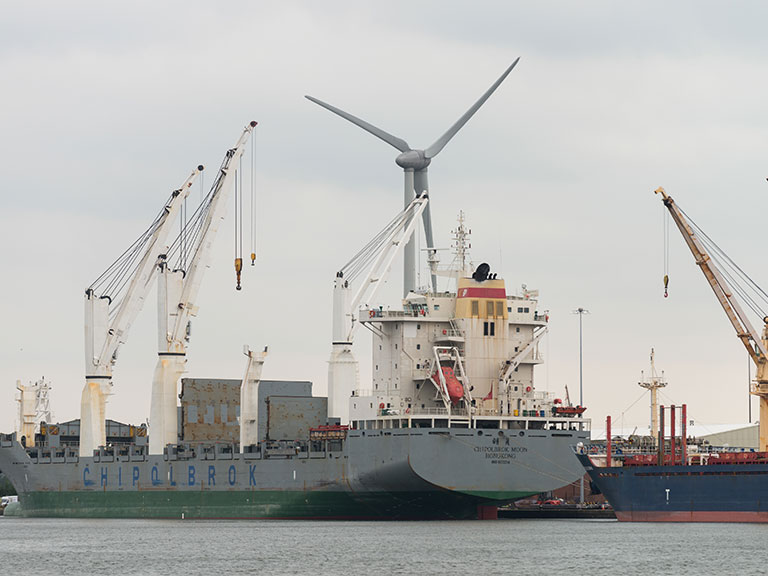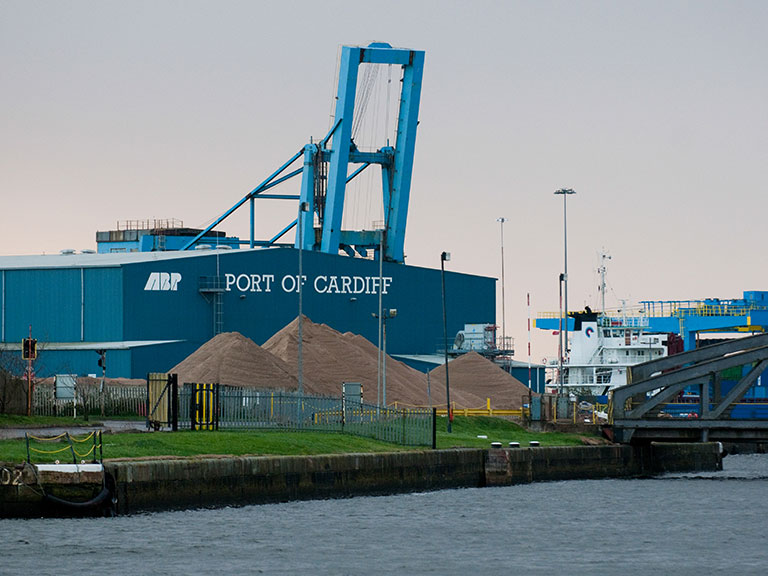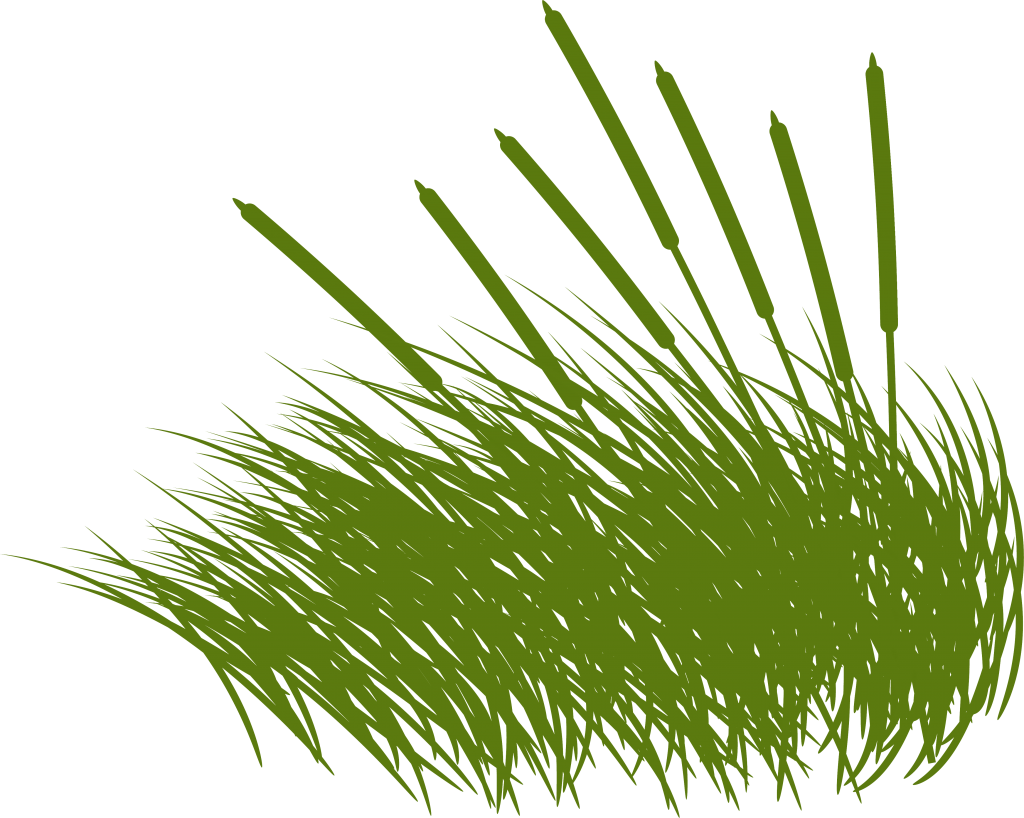Language: English | Cymraeg
Severn Estuary Commercial Operations Pathway Action Plan
In the Severn Estuary, commercial operations are a key pathway for the introduction and spread of invasive non-native species (INNS). These operations include:
- Shipping – cargo vessels, ferries, and other commercial transport.
- Dredging – the collection and movement of sediment or aggregate.
- Construction – building of marine infrastructure.
- Maintenance – repair and cleaning of infrastructure and equipment.
This action plan excludes commercial fishing, which is relatively rare with the Severn Estuary.
The INNS risks associated with commercial activities are linked to the movement of animals (in egg, larval, juvenile, or adult stages) or seaweed (as fragments or spores) by vessels and equipment between locations. Additionally, offshore structures can act as stepping stones for the movement of INNS. The main vectors in this pathway include:
- Hull fouling on boats and structures (including niche areas like grates).
- Ballast water and sediment transfer.
- Dredge hopper water and sediment.
- Organisms caught in vessel mechanisms, such as propellers, anchors, and chains.
An example of a commercial operation in the Severn Estuary includes the ports and harbours which service offshore wind farms and other commercial activities. Regular dredging and sediment management are necessary to maintain navigation channels. Similar to the Dee Estuary, biosecurity plans are often a requirement of marine licences and regularly reviewed to mitigate the introduction of INNS.
Other commercial operations in the Severn Estuary include outflows from local industries and small-scale maintenance on estuary infrastructure, all of which have the potential to influence the estuary’s suitability for INNS.

(Photo credit Associated British Ports)

(Photo credit Associated British Ports)

(Photo credit Associated British Ports)
Severn Estuary Commercial Operations Pathway Action Plan
| Action number | Action | Links | Responsible stakeholder |
|---|---|---|---|
| 3.1 | Endorse this plan and promote the uptake of actions contained within this plan across your sector. | All relevant (Ports and Harbour Authorities, Industry (e.g aggregates), boat repair yards). | |
| 3.2 | Consider AQUA accreditation or use templates provided to draft a biosecurity plan for your organisation using the resources on this site. | AQUA How to Write a Biosecurity Plan (NNSS) | All |
| 3.3 | Nominate a biosecurity lead in your organisation/group. Encourage them to educate relevant staff and customers about marine invasive non-native species using the resources available on these biosecurity pages. | All | |
| 3.4 | Educate staff, customers and contractors by including information on marine invasive non-native species and biosecurity in your existing print and online media such as harbour guides and websites. | All | |
| 3.5 | Include information on INNS, biosecurity best-practice, inspections and reporting in mandatory induction training for staff. | Training (NNSS) | All |
| 3.6 | Include reference to and consider biosecurity in risk assessments for construction and maintenance works. | All | |
| 3.7 | Include biosecurity requirements in conditions for external contractors. If appropriate ask them to follow guidance in this biosecurity hub. | All | |
| 3.8 | If marine invasive non-native species are found, seek guidance from your Natural England or Natural Resources Wales office about the best way to remove from infrastructure, if appropriate. | NRW Enquiries: enquiries@naturalresourceswales.gov.uk – English ymholiadau@cyfoethnaturiolcymru.gov.uk – Welsh NRW Invasive Non-native: invasive.non.native@naturalresourceswales.gov.uk – English rhywogaethau.estron.goresgynnol@cyfoethnaturiolcymru.gov.uk – Welsh Natural England: marineinvasivespecies@naturalengland.org.uk | All |
| 3.9 | Consider using settlement panels to monitor marine invasive non-native species colonisation of waterside infrastructure. Contact SEP if interested. | Check out settlement panels INNS Settlement Panels Report (Solway Firth Partnership) | Harbours/Ports |
| 3.10 | Follow best practice when dealing with construction materials with a marine source, or that have been stored in water. | Marine Biosecurity for Construction and Events (NNSS) | All |
| 3.11 | Utilise British Marine Aggregate Producers Association (BMAPA) Biosecurity Planning guidance. | Biosecurity Planning Guidance for BMAPA (ABPmer) | Aggregate industries |
| 3.12 | Check if arriving ships have a ballast water management plan, record book and certificate (vessels over 400 gt). | Ballast Water Convention (IMO) | Port and Harbour Authorities |
| 3.13 | When undertaking vessel or infrastructure survey or maintenance follow the International Maritime Organisations in-water cleaning guidelines. Look out for marine invasive non-native species and if present, ask your biosecurity lead to photograph and record on iRecord. If you do not recognise the species, send a photo to your local records centre. | IRecord In-water Cleaning Guidelines (IMO) Local Records Centres (ALERC) | Any commercial organisation responsible for maintaining vessels or submerged infrastructure. |
| 3.14 | When selecting a vessel maintenance/refit facility ensure it has biosecurity measures in place. | Any organisation responsible for maintaining commercial vessels. | |
| 3.15 | Ask arriving vessels, including dredgers and barges, if they have a vessel biofouling management plan or what measures have been taken to ensure the vessel is free of marine invasive non-native species before reaching your site. | Port and Harbour Authorities | |
| 3.16 | Where appropriate, consider installing a contained pressure wash system for hull vessel cleaning, where water is collected and processed before being released back into the sea. | Boat repair yards |
Links and resources:

 Severn Estuary Partnership
Severn Estuary Partnership